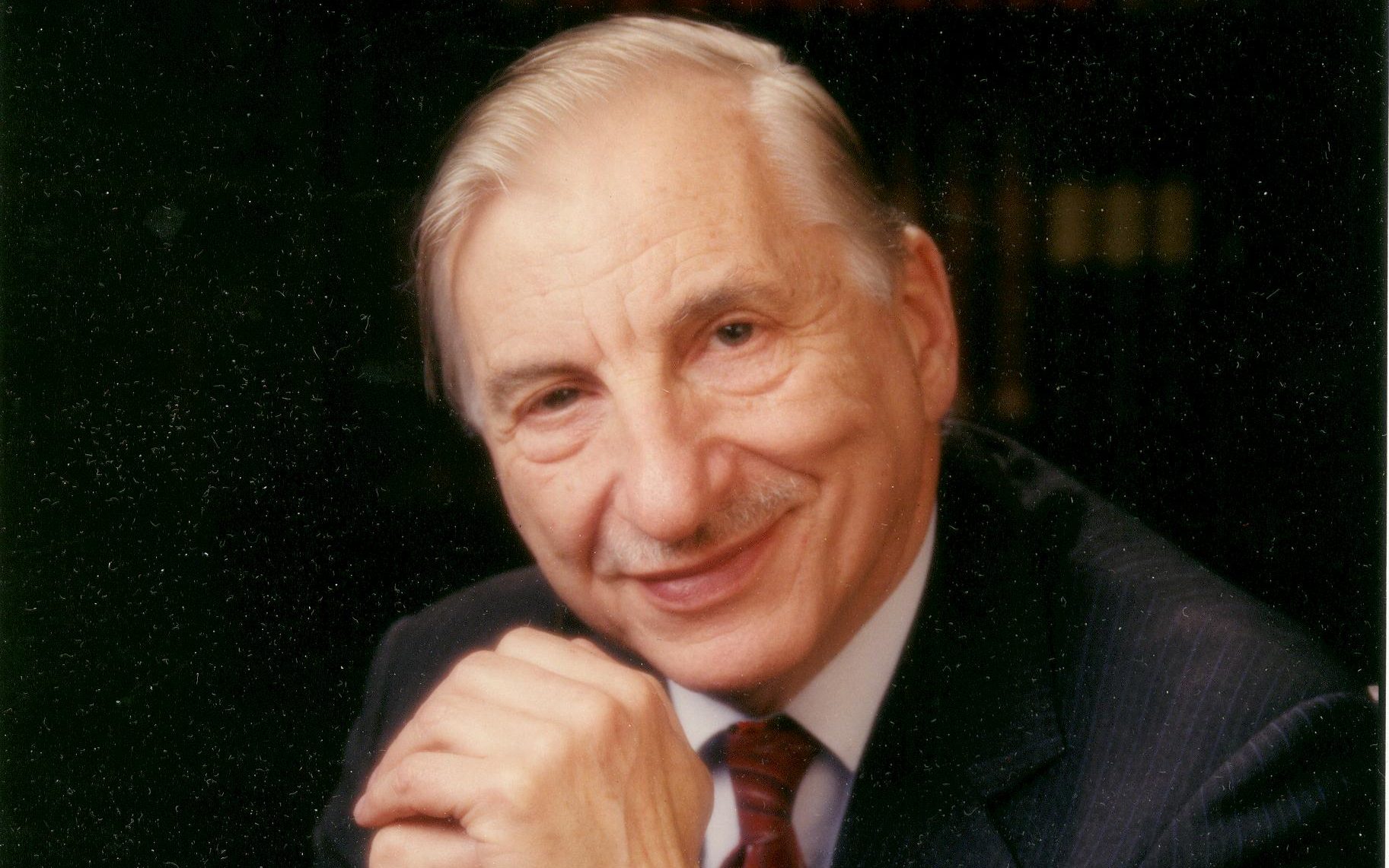We always talk about tribology and biotribology, after all, it is our main topic in this fantastic project. But to whom do we owe the birth of tribology? During the network-wide training being held in London, Connor Myant started the conference by asking: “do you know who Peter Jost was? The man to whom we owe the birth of tribology”. But why is Peter Jost considered the father of tribology?
Only after eye-opening British research called “The Jost Report” in the 1960s did tribology start to receive widespread recognition. In fact, in 1964, the UK Department of Education and Science asked a working committee led by Dr. H. Peter Jost to look at the condition of lubrication education and research and to offer their judgment on the requirements of industry.

Mechanical engineers, materials scientists, physicists, and chemists were needed to advance tribology. In consequence, tribological developments have supported a large portion of engineering development worldwide. Tribology is most frequently linked with bearing design, but it has applications in all sectors of contemporary technology where surfaces interact, including seemingly unexpected ones like hair conditioners and cosmetics [1].
Jost’s work in tribology has been instrumental in establishing the field as it is today. An output from this Jost’s reviews was the development of the field of biotribology – Championed by Prof Dowson at the University of Leeds. Biotribology is the subfield of tribology which deals with the interactions between biological systems and their environment, specifically the friction, wear, and lubrication of biological systems. Prof Dowson’s contributions to establishing accepted lubrication equations and drive innovation in testing and materials tribology has helped to improve the design and function of medical devices, implants, and prostheses, and have had a significant impact on the fields of biomechanics, biomaterials, and biomedicine.
Jost passed away on June 2016, but his legacy lives on through the countless researchers, engineers, and practitioners who have been influenced by his work.
References
1-Fifty years of tribology | Department of Engineering (cam.ac.uk)
![]()
This article was written by Alessio Amicone as part of an ongoing series of scientific communications written and curated by BioTrib’s Early Stage Researchers.
Alessio is investigating the Elucidation of Friction-Induced Failure Mechanisms in Fibrous Collagenous Tissues at ETH Zürich, Switzerland.

